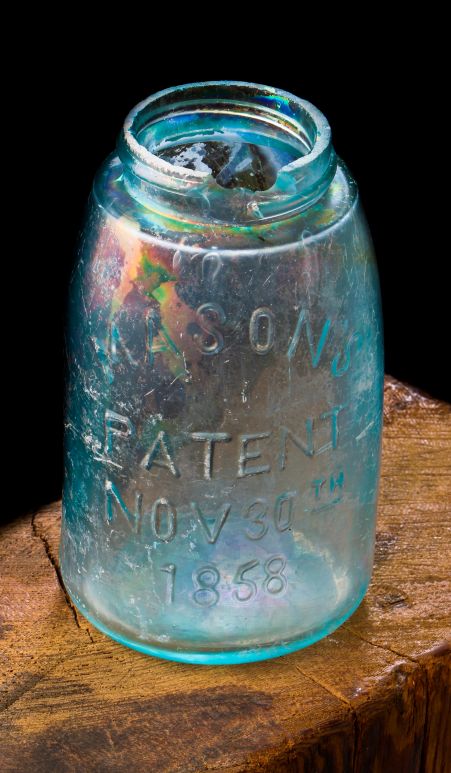A Brief History of Pickles
Annotated recipe for Mrs. Drown's Cucumber Pickles from Centennial Cookery Book: Sold for the Benefit of the Woman's Centennial Association of Marietta, Ohio (1887)
Pickles generally have a rather strange history. Pickles have been around for roughly 4,000 years, standing as one of the world's longest standing methods of preserving food. From being cited as a source of beauty by Cleopatra to being used by pirates to prevent scurvy, pickles have been long hailed as a culinary staple. Cucumbers, themselves, have only been domesticated for roughly 3,000 years indicating that pickling as a technique predates the pickling of cucumbers, specifically.
Pickles first came to American in 1659 when the Dutch began to grow and cultivate cucumbers in what would later become New York. Dealers would purchase these cucumbers, pickle them in large barrels, and sell them on the streets. This would later become the world's largest pickle trading industry and would cement New York as the center of the pickling world. By the nineteenth-century, there were several varieties of cucumbers available to picklers in America. The standard pickling cucumber was known as Early Cluster cucumbers and had rough skin and middling length. A longer, rougher cucumber with pointed ends was referred to as Long Green Prickly Cucumber. The long, smooth skinned cucumber popular in nineteenth-century salads was referred to as Long Green Turkey. The long, seedless cucumber was referred to as Long Green English Cucumber. These are just to name a few. Of particular note (and popularity) was the West Indian gherkin which was exclusively used for pickling and notably connects American pickling to transatlantic trade.

Image of a nineteenth-century Mason jar
In 1858 John Mason of Philadelphia patented the Mason jar which changed the pickle game forever. Now, home cooks were able to pickle and preserve cucumbers in jars rather in large barrels. This invention was of particular importance to pickling since the high acidity in vinegar could dissolve the glaze on eathernware and lead to lead poisoning. Although glassware had been used prior to the patent of the Mason jar for pickling, the Mason jar quickly became a mainstay of canning since the jar could better withstand the high heats needed to seal a jar.

Image of a Heinz promotional image. In the image, you can see women jarring pickles
Other kinds of "pickles" that were popular in the nineteenth-century include pickled eggs, pickled radish, pickled beets, pickled immature walnuts, and even pickled mangos. In the nineteenth-century, there was also much debate over whether a cucumber is best eaten raw and pickled or boiled and fried. This debate was largely prompted by a carry-over belief from the eigtheenth-century that the consumption of raw vegetables could cause dyspepsia, a gastrointestinal disease. However, dispite the prevalence of this old wives' tale, nineteenth-century Americans pickled and consumed cucumbers in massive quantities.
Further Reading
https://www.history.com/news/pickles-history-timeline
http://raggedsoldier.com/food_preservation.pdf
https://www.foodandwine.com/news/history-pickles
http://www.digitalussouth.org/vegetable/vegetable.php?vegName=Cucumber

